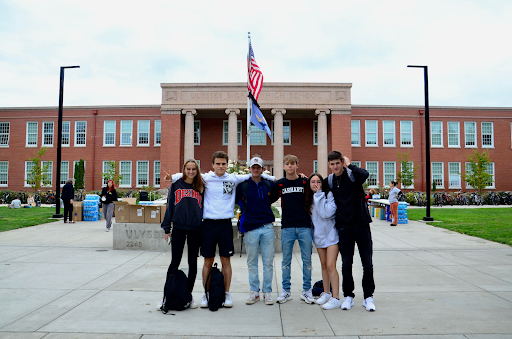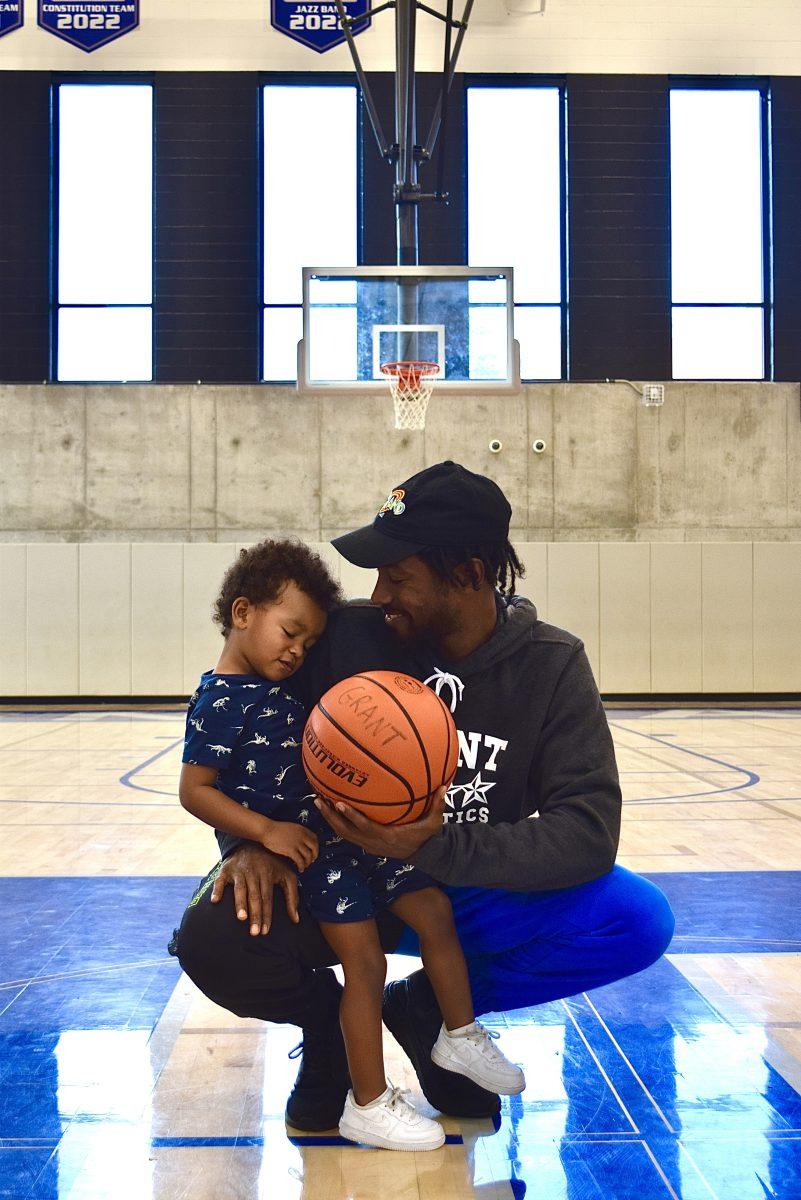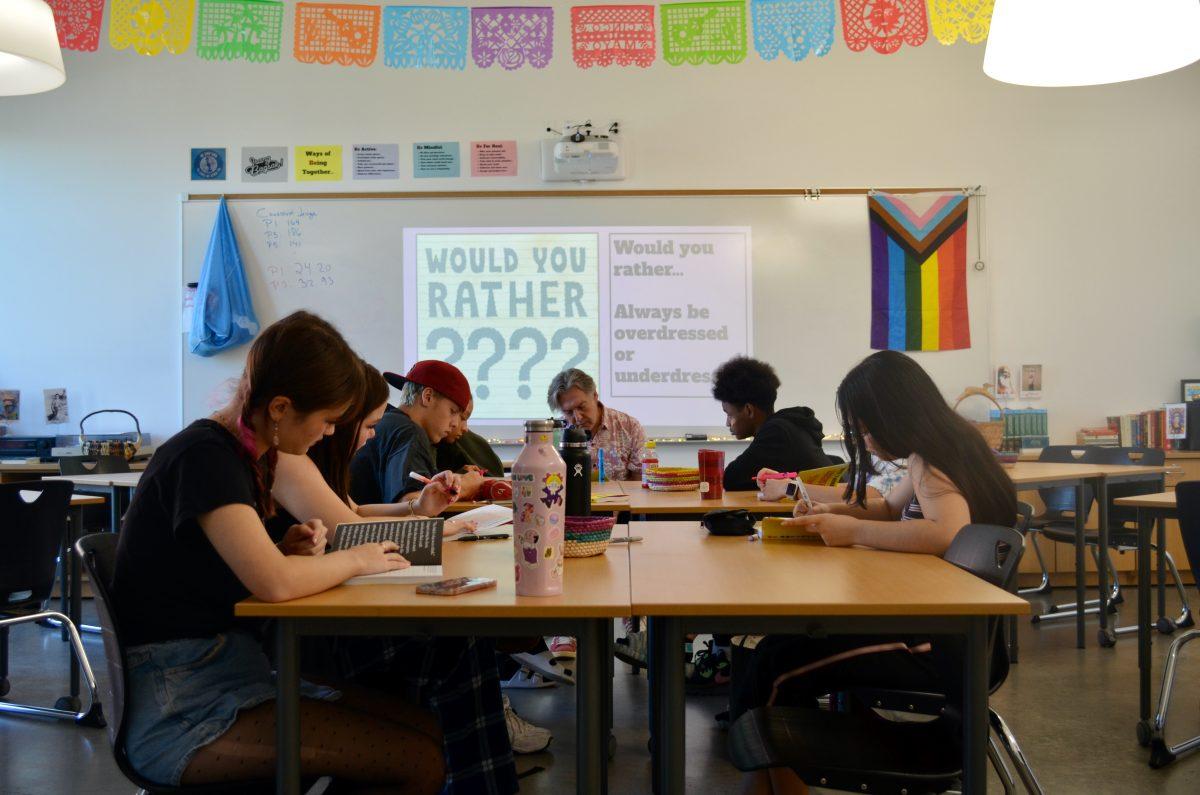What is life at Grant like for its eight exchange students from all over the world?
André from Mexico stares in awe at the masses of students crowding Grant’s shiny hallways on the first day of school. Thomas from Brazil wonders whether his classmates understand the English words he carefully strings together. Charlotte from Germany shakes her head over the American so-called bread she has for lunch. It is August of 2022 and Grant’s exchange students step into a world that looks like the high school movies they’ve seen on television screens their whole lives.
This year, Grant welcomes eight foreign exchange students, including myself. We are from six countries: Brazil, Mexico, Italy, Spain, Germany and the Czech Republic. Our situations are not identical; among us are sophomores, juniors and seniors. Some will stay for a semester, others a full year. Each of us have different classes, unrelated sports and extracurriculars and are living with families who have very little in common. We are far from a distillation of the average world population. We all come from places of privilege in Europe and Latin America. Still, in the context of our different cultures, we see nuances in daily American life that would be hard for Americans to notice. What does Grant High School look like through the eyes of a foreign exchange student? Here’s what they had to say.
Most exchange students landed in Portland a few weeks before the start of the school year to get their bearings and meet the strangers they would be sharing homes with. They had time to process and adjust to the biggest culture shocks before the start of school: big houses, even bigger cars or late meal times.
Then the beginning of the school year came, marking the moment when the exchange students started living the lives of American teenagers. When they stepped foot into the school, they were struck by just how huge it was. A first glance also confirmed certain high school stereotypes. As André says, “If you visualize an American high school it will be Grant around 100%. I love it.” The most significant differences are the schedules and class groups. In the students’ home countries, they do not get to choose classes.
Matías remarks that his classmates in Spain find school boring, but in the U.S. students can learn about anything they want. The others agree that there are more options, more real-life opportunities and more interesting classes. Another huge contrast is that in the U.S. every class is made up of a different group of students. In the exchange students’ prior schools, the group of students stayed the same; only the teacher changed. “It’s better here in a way because if you’re in a class where you don’t have any friends, then you have other classes,” says André, “You can’t escape your friend group in Mexico.”
There are also negatives to the American system, as Luca points out: school in America is lonelier. In Italy, he says, it’s easier to build a community with classmates who accompany you through your high school years.
School only makes up a part of the American experience—the people are just as important. The impressions of students from Latin America differ starkly from the Europeans’. “It’s hard when you start classes,” Thomas says. “In Brazil, people are really friendly. On the first day of school, everyone will want to talk to you, talk about you. Here you need to come up to them.”
Charlotte, on the other hand, refers to a saying that compares Germans to a coconut, “It’s hard to break them open, but if you’re inside, you can be good friends. But Americans are like a peach. In the beginning, they’re friendly and open, they help you if you need something, but it’s hard to find real friends.”
After a month at school, the exchange students have all found their place in the world of high school, be it on a sports team or in a yoga class. As the year progresses, each of them echo similar hopes for the future: to have fun, improve their English and to return home with a few new friends from this side of the planet.
As I pack up my computer on Luca’s host family’s porch, he adds one final thought, “The biggest hope I have is that when I come back, I will still be the same person I was with a different view of things. To be able to watch the world from both my European point of view and the American one.”





































